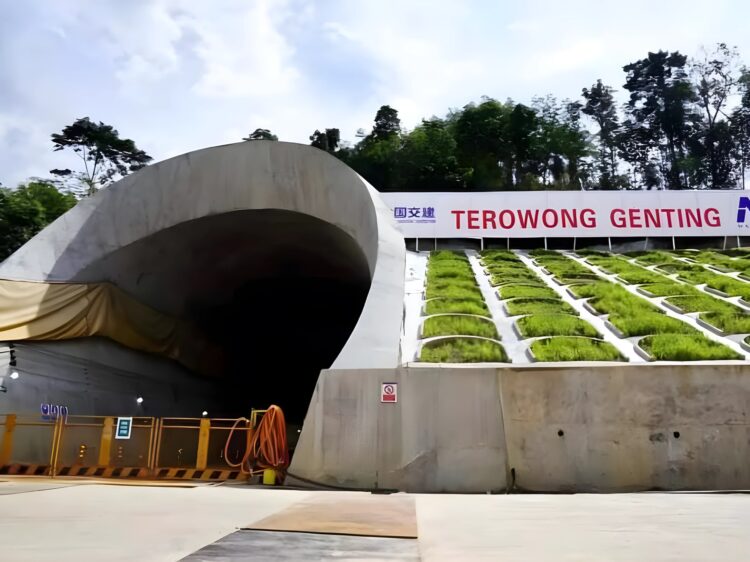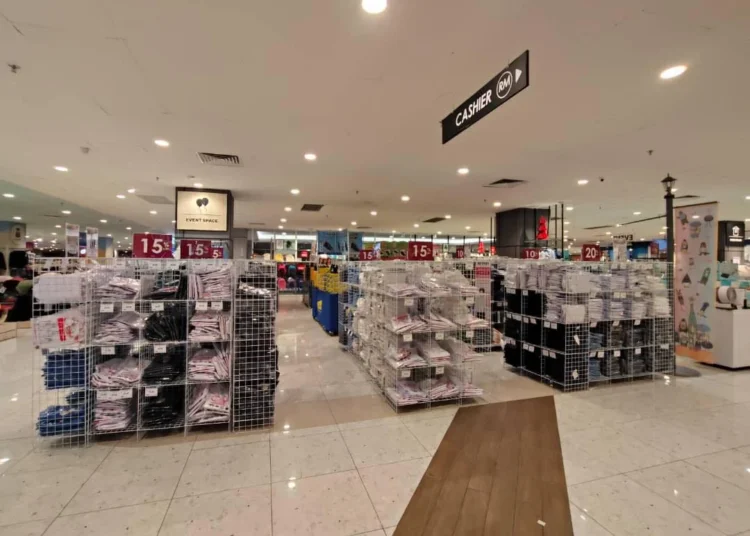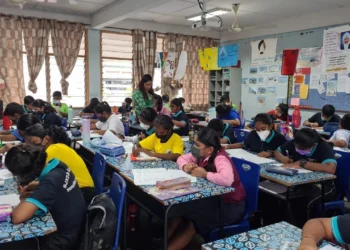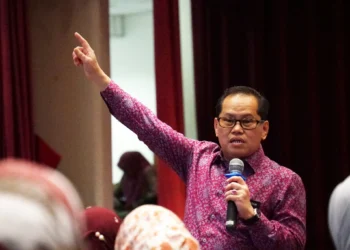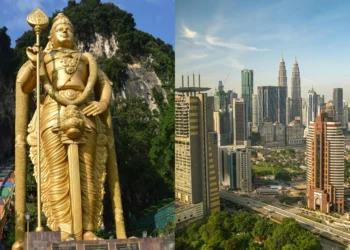Malaysia is set to achieve an engineering milestone with the construction of the 16.39 kilometer Genting Tunnel, set to become Southeast Asia’s longest railway passage. This tunnel is a crucial component of the nation’s ambitious East Coast Rail Link (ECRL) project, designed to enhance connectivity between east and west coasts.
The Genting Tunnel will pass through Titiwangsa range, linking Bukit Tinggi in Pahang to Gombak in Selangor. To accomplish this, engineers are utilizing the State-of-the-art Tunnel Boring Machines (TBMs), the largest and most advanced ever used in Malaysia. These machines are designed to navigate the complex geological conditions of the region, underscoring Malaysia’s growing prominence in infrastructure development.
ECRL: Transforming Malaysia’s Transportation Landscape
Spanning approximately 665 Kilometers, the ECRL is anticipated to revolutionize both logistic and passenger travel across Peninsular Malaysia. By connecting ports on east and west coasts, the rail link is expected to streamline trade routes and reduce travel times, enhancing economic integration and regional trade dynamics.
Overcoming Challenges
The ECRL project has navigated a series of challenges, including a suspension in 2018, following a change in government. After negotiations, the project resumed in 2019, with a revised budget and scope, reducing costs from RM65.5 billion to RM44 billion. In 2021, the alignment was reverted to the original plan, known as ECRL 3.0 with an updated projected cost of RM50 billion.
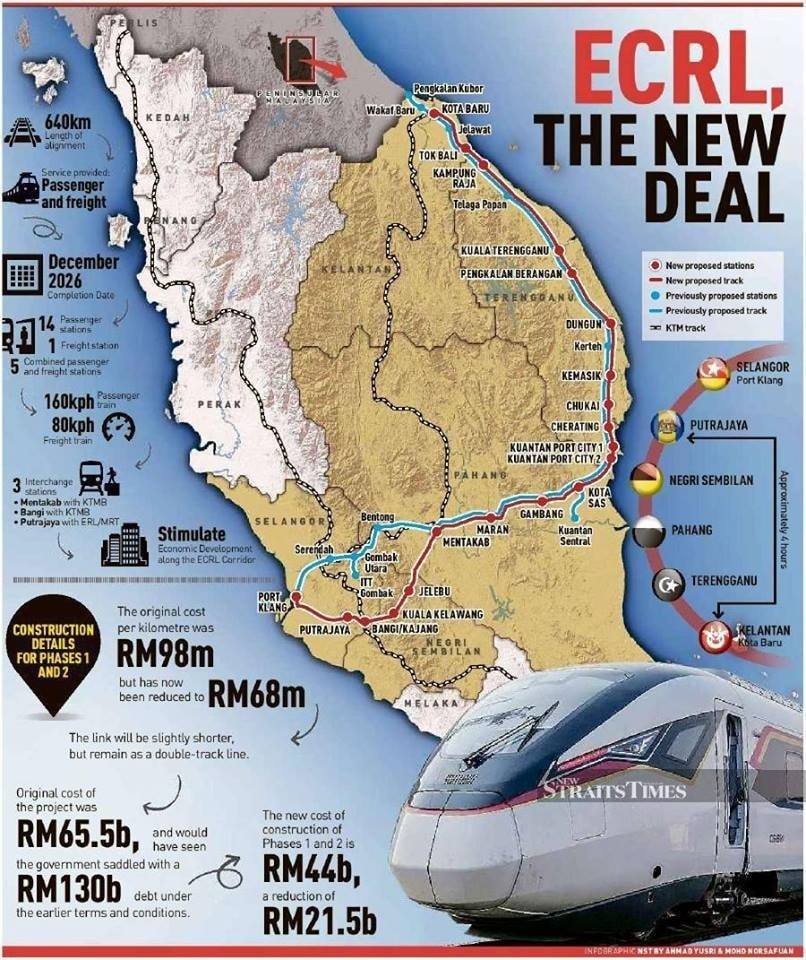
Recent developments include the approval of a double-track upgrade for a 25-kilometer section connecting Jalan Kastam Station to Northport and Westport. This has been implemented without increasing the overall project cost, and will allow Keretapi Tanah Melayu Berhad (KTMB) and ECRL services to operate independently. This improvement is expected to boost the rail carriage capacity between the coasts and road congestion.
The ECRL is slated to start operation in January 2028, marking it a transformative project in Malaysia’s transportation infrastructure.
Sources: TRP
Follow us on Instagram, Facebook or Telegram for more updates and breaking news.


